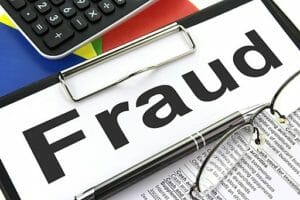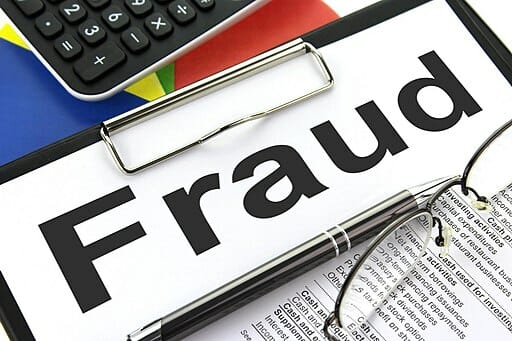
It’s a new year. That means it’s also tax season. And more than 23 million people who file taxes will declare unemployment benefits they received. While those benefits helped those who lost their jobs, they were also a boon for scammers. To give you an idea of the size of the problem, California alone suffered losses exceeding $20 billion in unemployment fraud in 2021. Covid unemployment benefit fraud is a significant part of those losses. The bad news is, if you received a 1099-G, the form for Certain Government Payments that you file with your federal taxes, check it carefully. You may have unknowingly been part of the problem.
Who is affected?
Anyone can become an unwitting pawn in this scheme. A Grand Jury indictment against Derrick Gadson, 35, of North Providence, RI illustrates the point well. The indictment alleged Gadson filed fraudulent unemployment claims in both Arizona and Massachusetts. As part of the scheme, he used a stolen identity to commit the fraud.
According to the Department of Labor, “States have experienced a surge in fraudulent unemployment claims filed by organized crime rings using stolen identities that were accessed or purchased from past data breaches, most of which occurred in previous years and involved larger criminal efforts unrelated to unemployment. Criminals are using these stolen identities fraudulently to collect benefits across multiple states.”
How to spot and deal with the scam
The 1099-G is one of the key ways to spot a Covid unemployment scam. Let’s face it, the crooks don’t want to pay taxes on those benefits. They’re perfectly happy letting you sort that out with the IRS. If you receive a Form 1099-G, check it carefully. Compare the information on the form to the benefits you actually received.
Other signs that you might have become a pawn in this scam are mail from a government agency about unemployment benefits you didn’t receive or a notice from your current employer that they’ve been notified you filed for unemployment.
Finally, be aware that the bad guys are setting up websites that mimic the real unemployment benefit websites. If you’re trying to file for benefits or find out why you got that suspicious 1099-G, be sure to check the URL of any websites you visit carefully.
What to do if you’ve become the victim of a Covid unemployment scam
According to the IRS, “When you file your income taxes, ONLY include income you received, even if you have not yet received a corrected 1099-G from the state.”
Of course, filing your taxes is only the beginning. If you find yourself in this predicament, I’d recommend you put a fraud watch on your credit or freeze it altogether and run credit reports. You never know if that pesky form is just the tip of the iceberg.
Did you like this scam tip? Why not check out last month’s tip, Good grief! Not another letter from Santa scam!

Recent Comments